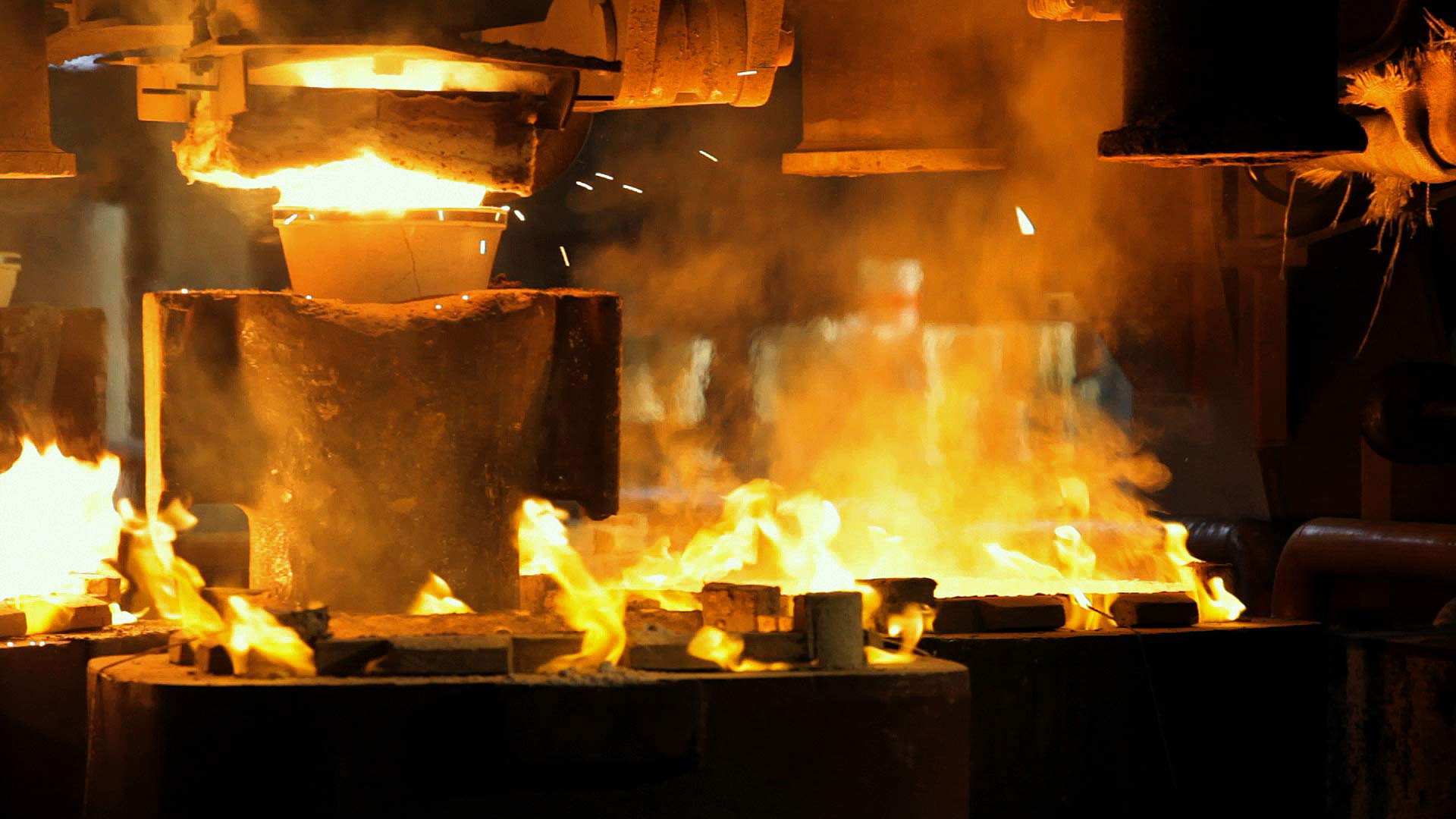Choose the measure unit in which display the data:
Valbruna Grade
GL2
Steel type
High temperature Alloys
Description of material
GL2 is an age-hardening Nickel – Chromium –Titanium –Aluminum alloy designed for temperatures up to 820°C and provides a high corrosion resistance with high strength obtained by precipitation hardening heat treatment. This grade is normally produced by the ESR steelmaking process.
Applications
Exhaust valves for gasoline and diesel internal combustion engines where a high temperature strength and corrosion resistance to engine combustion products are needed. GL2 should be primarily used for exhaust valves operating in severe thermal and mechanical conditions and in corrosion environments where other Mn-N valve grades couldn’t supply suitable performance.
Corrosion resistance
GL2 provides a high corrosion resistance at elevated temperatures. When solution treated and aged, this grade has a structure with high hardness and the best creep resistance.
Cold working
All cold processes and machining operations should be carried out in the fully annealed condition. In the case of turning, a right choice of tool geometry, feed and cutting fluids should be well evaluated. Abrasive wheel cutting, band and circular sawing could be used. For extrusion bars, warm or hot shearing are suitable and correct processes. For small bars, such as precision ground bars for upsetting, cold shearing (cropping) is preferred but the structure of GL2 requires a small clearance between the edge of upper and lower tool in order to facilitate the fracture, avoiding large burrs heights.
Weldability
In solid state joining such as Friction Welding, GL2 in the solution treatment condition provides a quality bond line. Post weld heat treatment, such as aging, is required to achieve optimum mechanical and creep properties. When friction welded with stems of alloy or martensitic steels, a stress relieving or tempering of valves is mandatory and must be done in order to soften the martensitic structure of HAZ and bond line.
Hot working
GL2 is suitable for processing by hot extrusion or by upsetting with electric resistance heating. However, overheating must be always avoided. The choice of hot working temperature and process parameters must always evaluate both the strain rate and the consequent increasing of temperature that is reached after hot deformation. High strain rates and temperature at the top of the range during the extrusion and forging processes, could generate internal bursts of the stems of valves. The same care should be exercised when using an electrical upsetting process, in order to maintain the right geometry of the bulb and to avoid hot cracks and internal shortness of the head valve. In both processes, a low or medium temperature range of hot working is recommended.
Heat treatment
Valves of GL2 should be always solution treated and aged to obtain the best creep resistance and elevated temperature corrosion resistance of exhaust valves.
Designations
| Commercial name | Alloy 80A |
|---|---|
| International Designation | NiCr20TiAl |
| W.N. | 2.4952 |
| UNS | N07080 |
| BS | NA20 |

